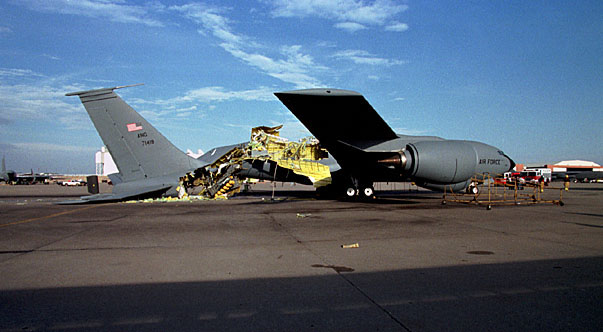| It is currently Fri Apr 19, 2024 9:38 am |
|
All times are UTC - 5 hours [ DST ] |
Hydro testing issues
Moderators: Rick Rowlands, tomgears, Randy Hees
 
|
Page 4 of 4 |
[ 59 posts ] | Go to page Previous 1, 2, 3, 4 |
|
| Author | Message | ||
|---|---|---|---|
| ZOBEX |
|
||
|
Joined: Tue Nov 03, 2020 2:39 pm Posts: 69 |
|
||
| Robby Peartree |
|
||
|
Joined: Wed Aug 25, 2004 11:16 am Posts: 767 |
|
||
| Great Western |
|
||
|
Joined: Fri Apr 26, 2013 5:56 pm Posts: 411 Location: Ontario, Canada. |
|
||
| Rader Sidetrack |
|
||
|
Joined: Sat Jan 21, 2017 11:43 am Posts: 54 |
|
||
| Overmod |
|
||
|
Joined: Thu May 24, 2012 1:37 pm Posts: 2230 |
|
||
| M Austin |
|
||
|
Joined: Sat Feb 05, 2005 1:05 am Posts: 470 |
|
||
| JeffH |
|
||
|
Joined: Fri Mar 14, 2014 11:44 pm Posts: 200 |
|
||
| JeffH |
|
||
|
Joined: Fri Mar 14, 2014 11:44 pm Posts: 200 |
|
||
| M Austin |
|
||
|
Joined: Sat Feb 05, 2005 1:05 am Posts: 470 |
|
||
| Overmod |
|
||
|
Joined: Thu May 24, 2012 1:37 pm Posts: 2230 |
|
||
| PMC |
|
||||
|
Joined: Sat Oct 17, 2015 5:55 pm Posts: 2295 |
|
||||
| rogerryan |
|
||
|
Joined: Tue Mar 30, 2021 5:08 am Posts: 1 |
|
||
| Ed Kapuscinski |
|
||
|
Joined: Thu Feb 26, 2009 3:07 pm Posts: 1116 Location: B'more Maryland |
|
||
 
|
Page 4 of 4 |
[ 59 posts ] | Go to page Previous 1, 2, 3, 4 |
|
All times are UTC - 5 hours [ DST ] |
Who is online |
Users browsing this forum: Google [Bot], Majestic-12 [Bot] and 195 guests |
| You cannot post new topics in this forum You cannot reply to topics in this forum You cannot edit your posts in this forum You cannot delete your posts in this forum You cannot post attachments in this forum |

